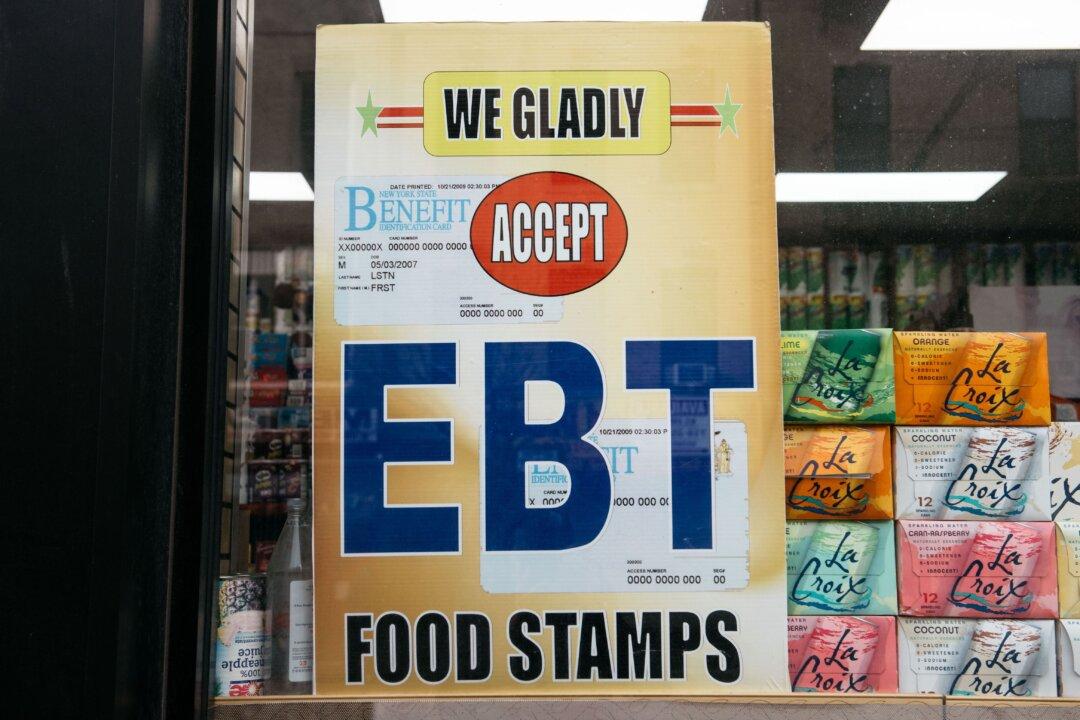Two brothers running a Somali specialty market in Columbus, Ohio, have been charged with defrauding government food programs for the poor.
According to officials, Hassan and Abdurahim Nuriso redeemed more than $8 million in food stamps and over $2 million in Women, Infants, and Children (WIC) benefits between 2010 and November 2019.





